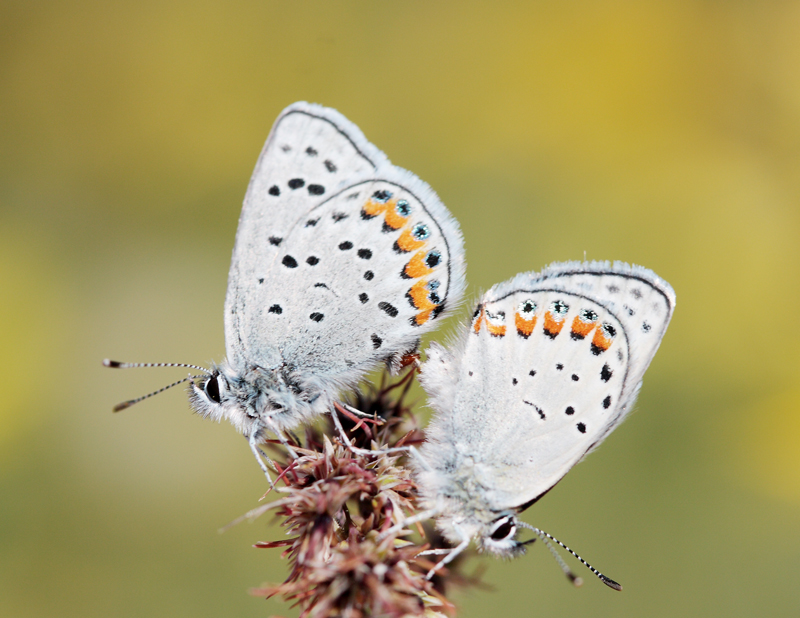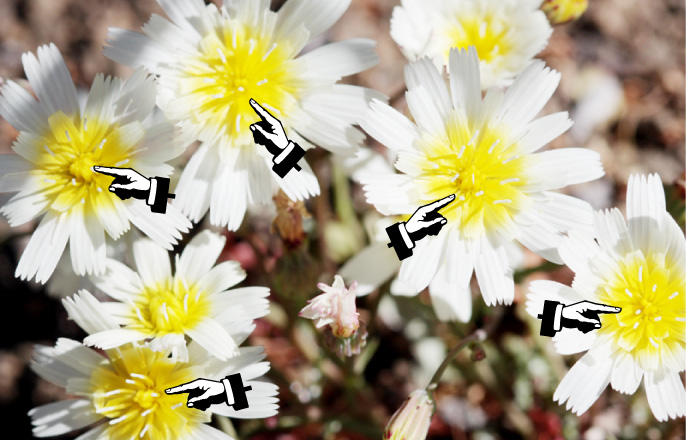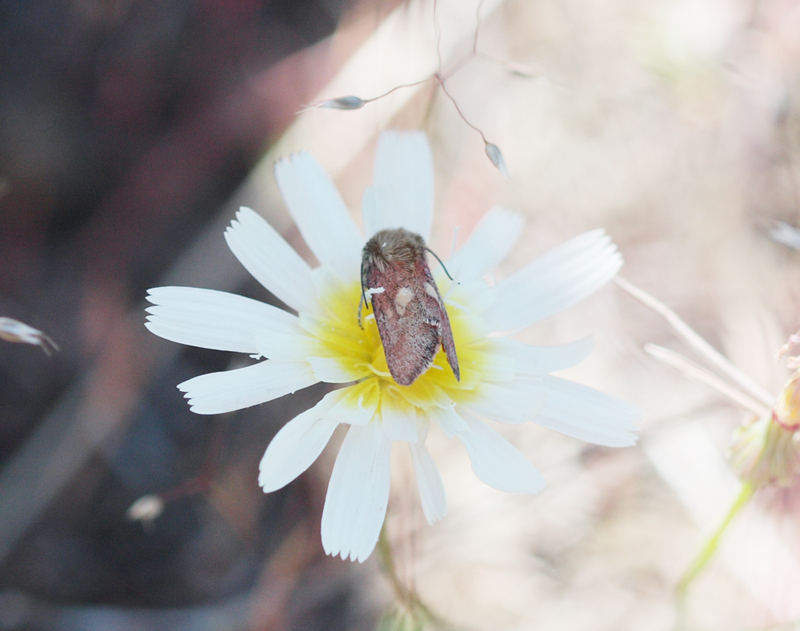İndi son dörd həftə sonları üçün bir qaz təqib olmuşdur, bir güvə üçün, Speedy Heliolonche. Bu pinkish forewings və çarpıcı narıncı-qırmızı hindwings ilə gözəl kiçik Noctuidae var. Çox tez-tez rast gəlinmir və yalnız qidalanan şimal Kaliforniya dağ silsilələri boyunca tapılır Malacothrix floccifera – Bir CA endemik çiçək. Hər səfərimdə skunked olmuşam, bugünə qədər – iki topladım! Yadınızdadırsa, mənim ilk səfərim təxminən bir ay əvvəl olmuşdu, heç bir güvə, lakin gözəl bir sıra nümunələr və Adelanın fotoşəkilləri güvələr. Son bir neçə səfər Adela səfəri qədər məhsuldar olmağa belə yaxınlaşmadı. Beləliklə, hədəfinizi tapmadıqda nə etməli? Günəş yanığı alın və bəzi xırda fotoşəkillər çəkin.
 Hadisə zamanı tutuldu. Plebejus acmon
Hadisə zamanı tutuldu. Plebejus acmon
(aşağıda davam etdi)
Tam güvə deyil.
 Güvə yox, heç bir güvə, heç bir güvə…
Güvə yox, heç bir güvə, heç bir güvə…
BİR GƏVƏ!
Bu H. tez tipik çiçək güvəsi davranışı nümayiş etdirir, gün kimi gül baş düzəndə oturub. Onlar əslində bütün gecəni çiçəyin üstündə belə qalırlar (hətta bəzi çiçəklər kimi ətraflarına bağlansa belə – bu da onların danışıq dilində tanınmasına səbəb olur “taco güvələri”… çünki güvənin ombası ləçəklərin yanından yapışır və tacoda olduğu kimi görünür). Məhz buna görə də mənzilimi tərk etdim 6 bu səhər gəlib çatacağam 8. Əgər hava hələ də soyuqdursa, yaxınlaşdığınız zaman seğirməzlər. Və, əgər onlar uçmursa, güvələr üçün bir ərazini araşdırmaq və heç birini qaçırmadığınızı bilmək asandır. Lakin, günəş onları qızdıran kimi, Siz linza qapağına çata bilməyənə qədər onlar cılız piçlərə çevrilirlər və yox olurlar. Bu gün gördüyüm ilk güvə idi ki, həqiqətən də gözəl bir şəkil çəkmək üçün səy göstərmədim. Mövzuların yaxşı çəkiliş əldə etdikdən dərhal sonra uçmaq kimi pis vərdişləri var (yaxşı, adətən yaxşı vuruşdan əvvəl)… və günün yeganə nümunəsini itirmək riskinə gedə bilməzdim.



Where’s the “like” button? Great pics and good commentary.
“Güvə yox, heç bir güvə, no moth…”
ha. I lol’d.
It is a pretty little thing…
A colorful, day-flying moth that sits prominently in the center of flowers – chemical defenses?
Yaxşı bir sual, and it has crossed my mind before. There a lot of these small day flying flower moths that are clearly not cryptic yet I haven’t ever read about any chemical defenses or mimicry. I also don’t think of Malacothrix as a particularly noxious plant… will investigate.
Əvət, now I have to post the latest mystery moth pics I took a few days ago. (4/30) Pretty please if you have a moment, check it out and render your sage opinion. !
Ted’s question has nagged me this week. I’ve never heard of anyone studying this, lakin… Has anyone seen these flower moths under UV? See a related flower species under UV here: http://www.naturfotograf.com/UV_SENE_AQU.html. Bəlkə, while sitting on the bulls-eye, these moths become “invisible” to predators who see UV, such a birds. The added bonus for the moths is this might increase their chances of finding a mate which is attracted to the UV bulls-eye.
You have to be right about that Katie, I’ve been thinking about this too. I can’t recall any literature in reference to adult insect UV crypsis. There is some work in regards to caterpillars… but I’ll have to do some more digging. Birds are probably not the primary predator on these moths since their acute vision makes them incredibly difficult to approach in the daytime. Lakin, most lizards see in UV and these flowers are just about at head level for most small reptiles (and there were a ton on site).
Bəzən, the light bulb just turns on.
So there is a monograph to this subfamily – and in there Hardwick (author) points out the counterintuitive crypsis of this moth! Instead of a good idea he postulates
Belə, he just assumes they are oddities because the flowers changed without them and they survived “possibly because of a decrease in predation pressure”.
Seems to me that UV crypsis is much more likely. Və… I don’t believe that’s been shown in adult Lepidoptera. Add it to the list!
; ) Just make sure you credit me for this idea when you become the ruler of the universe, er… recognized expert on lepidopteran UV crypsis. I’m glad you looked it up. Please let me know if you find out any more info.